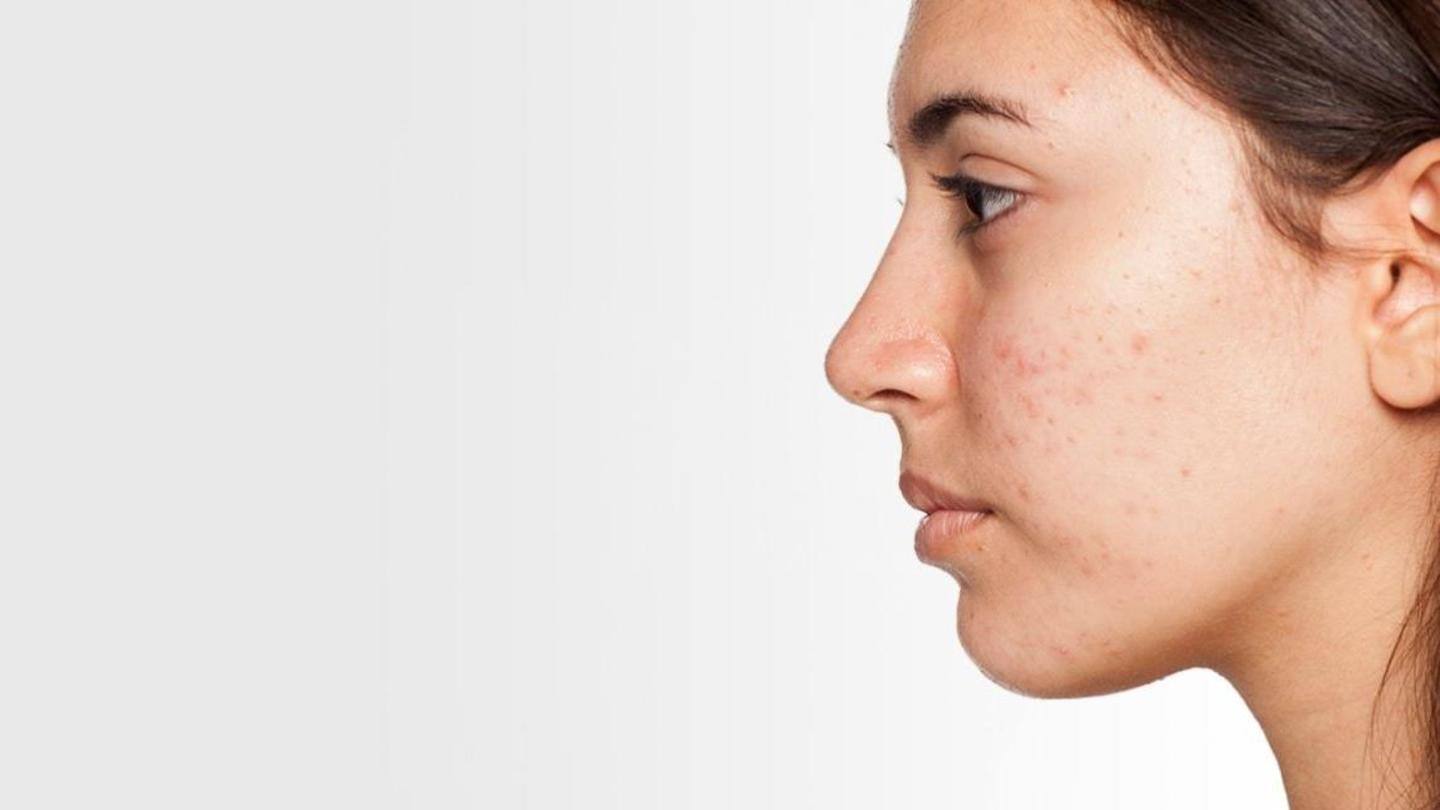
What is skin purging? Here's all you need to know
What's the story
Do you ever get worried when your skin breaks out upon trying a new product?
Well, this is called skin purging, and unlike acne breakouts, it could be actually good for you.
When your skin comes in contact with a new item, the chemicals in it shake up all the accumulated bacteria and dirt underneath the skin, causing the skin to purge.
Here's more.
Causes
What causes the skin to purge?
Purging is a result of the skin's reaction to an active ingredient in the product that causes an increased cell turnover rate.
This reaction leads to all the accumulated dirt and bacteria that clog the pores to rise to the surface before revealing new and clearer skin.
Purge breakouts can be in the form of a mix of whiteheads, blackheads, pimples, or cysts.
Ingredients
Common ingredients that can cause purging
Skin purging is the most common reaction to retinoids.
Retinol, which is found in acne skin care products, is an active ingredient that is known to cause a skin purge.
Topical tretinoin and oral isotretinoin are two other commonly prescribed retinoids that can cause reactions on the skin.
Exfoliating acids and chemical peels may also cause a trigger reaction, leading to skin purging.
Duration
Your purge can last for upto 28 days
One skin cycle lasts for about 28 days, and it is best to wait for a cycle to complete to conclude what your skin is actually trying to do.
Dermatologists say that skin purging usually gets over within four to six weeks of beginning a new skincare routine.
However, if the flare-ups last longer, then it can be a cue to visit your dermatologist.
Care
Be gentle on your skin when it purges
Stick to a gentle skincare routine while your skin shows signs of purging to avoid aggravating the situation.
Use a mild cleanser, a light moisturizer, and sunscreen during the day. You may be tempted to avoid using the new product, which caused the purge, but resist.
It is important that your skin gets used to it, and remember, purging is temporary.